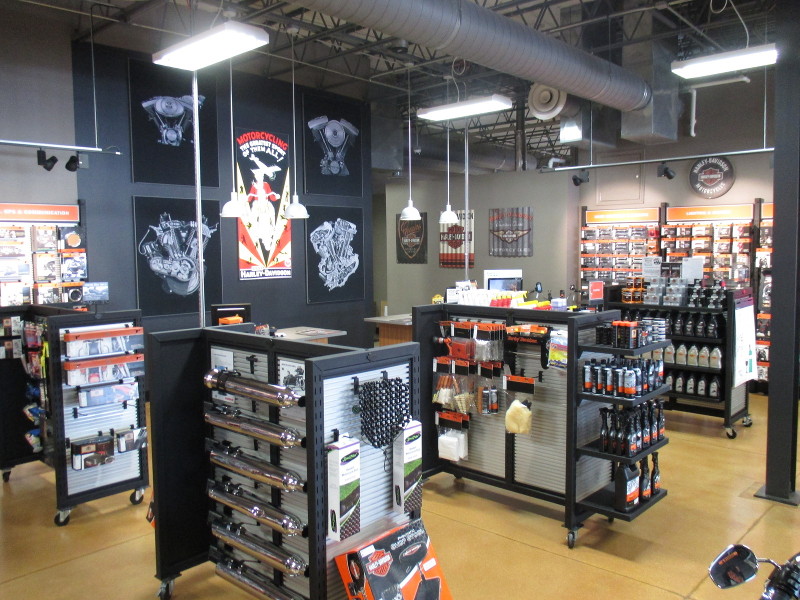Explore the Latest Motocross Gear NZ for every single Level of Rider
Explore the Latest Motocross Gear NZ for every single Level of Rider
Blog Article
Understanding Motorcycle Gears: Just How to Optimize Your Riding Experience
In the world of motorcycling, grasping the art of gear control is vital for boosting your riding efficiency. Effectively making use of and comprehending bike equipments can significantly impact acceleration, control, and fuel effectiveness, transforming an ordinary ride into a smooth, exciting journey. By incorporating accurate shift timing and adjusting gear option to numerous road problems, cyclists can guarantee optimal engine efficiency and safety. The subtleties of clutch control, throttle coordination, and equipment technicians beckon a deeper exploration, guaranteeing to open the complete capacity of your equipment. How can these strategies be used to absolutely maximize your riding experience?
Understanding Gear Mechanics
At the core of motorbike characteristics, equipment technicians play an essential role in converting engine power into movement, ultimately dictating rate and control. The equipment proportions, carefully designed, determine the relationship in between engine transformations and wheel turns, influencing velocity and fuel efficiency.
Recognizing equipment mechanics begins with acknowledging the value of the transmission, which houses several gears of varying dimensions. These equipments connect with a procedure recognized as meshing, where teeth of various gears involve to send power.
In addition, the principle of equipment changing is important to optimizing performance. Timely and smooth changes make certain that the engine runs within its ideal power band, protecting against unneeded strain and enhancing longevity (motocross gear). By comprehending these mechanical intricacies, riders can accomplish a harmonious mix of control, efficiency, and power, elevating their riding experience
Timing Your Shifts
Shift timing mastery is necessary for enhancing motorcycle performance and improving the riding experience. Effectively timed shifts make sure that the engine operates within its optimum power band, which is essential for keeping control, attaining smooth acceleration, and guaranteeing the durability of the motorcycle. Motorcyclists should develop an user-friendly feeling of when to shift gears, which involves comprehending the relationship between engine changes per min (RPM) and rate.
To grasp shift timing, pay attention to the engine's noise and feel, as these offer important ideas regarding when to change gears. When the engine approaches the upper array of its power band without getting to the redline, the excellent shift point normally takes place - motocross gear. Shifting as well early can bring about a lack of power, while changing far too late might create unnecessary engine strain
Furthermore, roadway conditions and riding design impact shift timing. In comparison, during highway riding, less shifts at greater rates can be more ideal.
Enhancing Fuel Performance
While understanding motorcycle gears is vital for efficiency, boosting gas performance is just as important for both ecological and financial reasons. Optimum gas intake not just decreases operational prices but likewise lessens the eco-friendly footprint of riding. To accomplish this, one should recognize the complex relationship between gear choice and engine efficiency.
Firstly, selecting the best equipment at ideal speeds can significantly impact gas consumption. Riding in a higher equipment at lower rates can cause engine carrying, which is damaging to both fuel economic climate and engine wellness. Conversely, riding in lower equipments at broadband causes unnecessary gas intake. Therefore, preserving an optimum equilibrium by moving gears in alignment with road conditions and expected maneuvers is necessary.
Furthermore, regular upkeep plays a critical duty in gas effectiveness. Making sure that the motorbike is well-tuned, her explanation with tidy air filters and appropriately inflated tires, can improve the rules of aerodynamics and reduce fuel waste. In addition, taking on a riding design that accepts progressive acceleration and smooth deceleration can contribute to better fuel economy.

Strategies for Smooth Transitions
Accomplishing smooth equipment changes is essential to improving the riding experience and making certain the longevity of a motorbike's transmission system. Proper equipment moving not only adds to a smooth experience but additionally decreases wear and tear on the mechanical elements. To master the art of smooth changes, bikers should concentrate on a couple of essential strategies.

Secondly, clutch control plays a crucial duty. Involving and disengaging the clutch smoothly needs practice. The clutch lever need to be launched slowly, permitting a seamless transfer of power from the engine to the wheels without creating a shock or abrupt activity.

Adjusting to Road Problems
Navigating varied roadway problems is an important skill for any kind of motorcyclist intending to preserve control and safety. Whether you're riding on wet surface areas, gravel roads, or browsing sharp turns, your capacity to adapt your gear usage and riding strategy is critical. Understanding how to readjust your gears suitably can considerably affect grip and stability, making sure a much safer trip.
In dirt bike fender comparison, when riding on crushed rock or uneven surface, reduced equipments are more suitable. Lower equipments provide better control and enable you to respond even more promptly to unanticipated changes in the road surface area.
Sharp contours demand accurate gear monitoring to balance speed and control. Downshifting before entering a curve can help preserve energy while making sure the motorbike remains stable throughout the turn. Regular method in diverse conditions improves your capacity to react and forecast to modifications in roadway structure and incline.
Final Thought
Mastering motorbike gears considerably enhances the riding experience by improving gas, control, and acceleration effectiveness. Adjusting gear choice to numerous roadway problems, such as making use of greater gears on wet surface areas and lower equipments on gravel, additional check out this site improves handling and safety.
Recognizing equipment auto mechanics starts with recognizing the significance of the gearbox, which houses numerous equipments of differing sizes. These gears connect with a procedure known as meshing, where teeth of different gears engage to transfer power (motocross parts nz). Gentle modifications to the throttle throughout gear changes can stop jerky movements and keep a consistent riding speed
Whether you're riding on wet surface areas, crushed rock roadways, or navigating sharp turns, your capacity to adapt your gear usage and riding technique is vital. Adjusting equipment choice to numerous roadway conditions, such as using higher gears on damp surfaces and lower equipments on crushed rock, further enhances handling and security.
Report this page